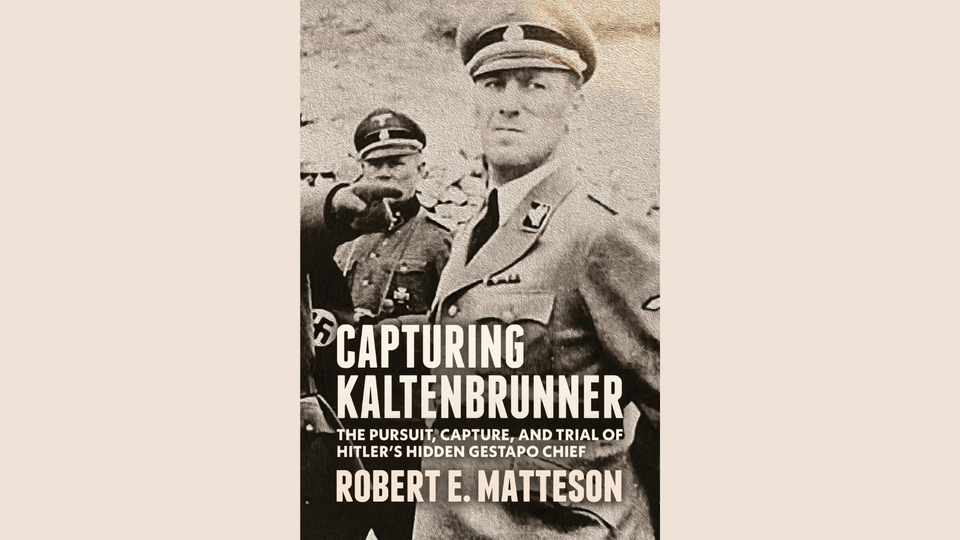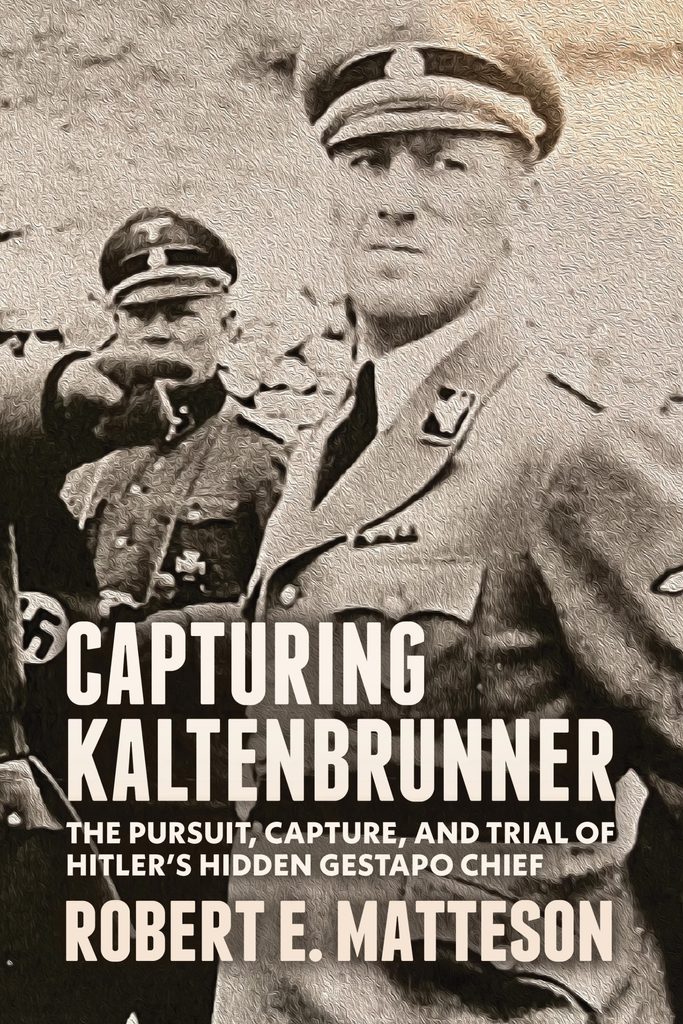Memoir from Robert Matteson, Class of 1937, published by Little Creek Press
Matteson studied political science at Carleton.

The memoir of Robert Eliot Matteson, Class of 1937, has been published by Little Creek Press. Originally a self-published booklet for family and friends written in 1993, Matteson’s memoir — Capturing Kaltenbrunner: The Pursuit, Capture, and Trial of Hitler’s Hidden Gestapo Chief — covers the capture of SS General Ernst Kaltenbrunner, head of the Nazi Gestapo, in the Austrian Alps just days after the official end of World War II. Matteson’s children edited the original manuscript, adding appendices and historic photos in order to transform the booklet into a full-fledged book of 300 pages.

Told in Matteson’s own words, Capturing Kaltenbrunner is a gripping first-person account of wartime espionage, relentless pursuit, and extraordinary courage. From the tense intelligence-gathering operations to the dramatic nighttime mountain raid that led to Kaltenbrunner’s arrest, Matteson recounts in vivid detail the historic events that culminated in the capture of the highest-ranking Nazi official still at large at war’s end. The story continues through Kaltenbrunner’s trial at Nuremberg, where his crimes were finally exposed to the world.
Part military memoir, part historical thriller, and part reckoning with justice, Capturing Kaltenbrunner is a unique window into a nearly hidden chapter of World War II, told by the man who lived it.
According to Sumner Matteson, one of his children, Robert Matteson loved his college life at Carleton. He was president of the Carleton Student Association and a Rhodes Scholar candidate. He wrote of the decision to attend Carleton:
Largely because they were hard-pressed financially [due to the Depression] but partly because my mother admired Dr. Donald J Cowling, the president of Carleton, my father and mother decided to send me to Carleton College in Northfield, Minnesota. Dr. Cowling became president at the early age of 29. He had already earned four degrees at Yale University, more than any other man up to that time. He had been born in Cornwall, England, and when his family moved to Pennsylvania he attended Lebanon Valley University. Dr. Cowling’s father was a minister, and this religious background had a profound influence on the son.
Carleton has a beautiful campus. The College is situated above the Cannon River, which is to the west, with the Lyman Memorial Lakes to the north and east… One of the most beautiful areas on the campus was the Arboretum running north along the Cannon River. It was the brainchild of Professor Harvey Stork (1920–1955) and had its beginning in 1927. By 1930, a five-mile nature trail was completed, and by 1931, a seven-mile Bridle Trail. It had over 300 varieties of trees and shrubs and included bogs, islands, rocks, and streams.